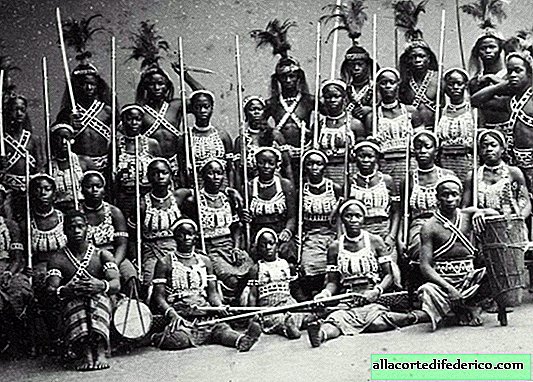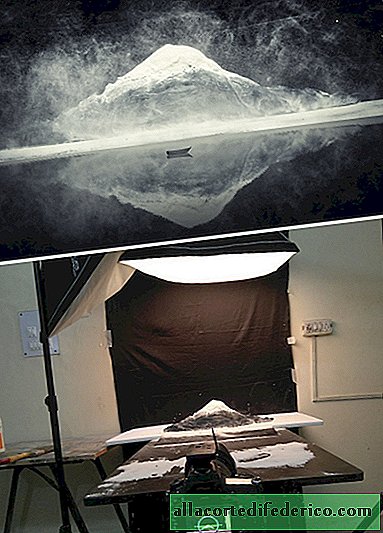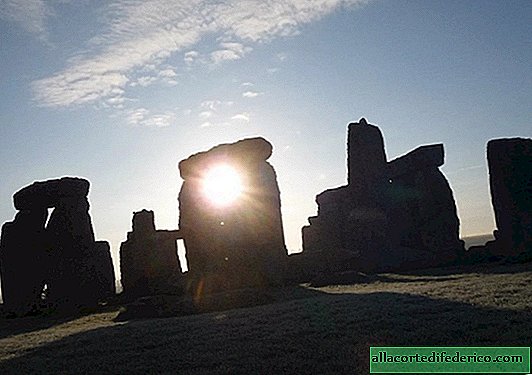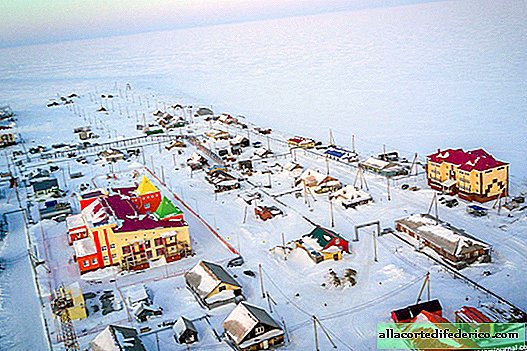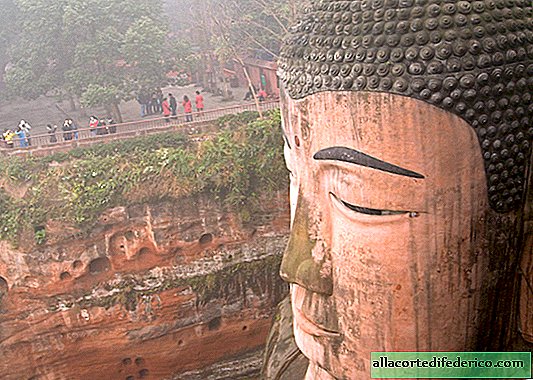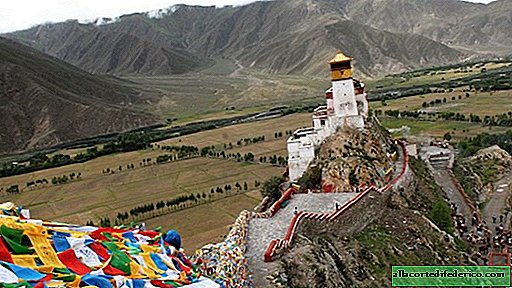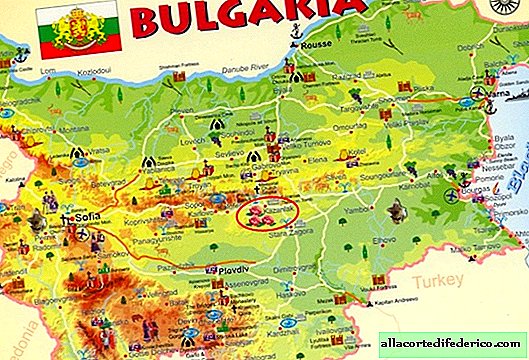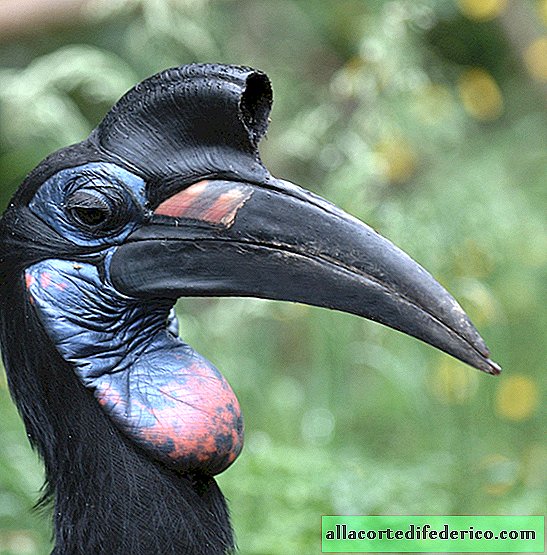Dinosaur cemetery. Bayanzag
The Gobi Desert is a unique place where a variety of landscapes coexist: from sand dunes and salt marshes to rugged rocks and canyons. During our expedition we saw the most beautiful and famous places. One of these places was Bayanzag Canyon, or "Flaming Rocks", as you can see for yourself. This place is also known as the dinosaur cemetery due to the huge amount of fossilized remains of dinosaurs and their eggs. Well, besides the paleontological value, Bayanzag is a very beautiful place, and landscape painters have a place to turn around!
All the main finds were made in 1925 by the American expedition, but even now the fossilized remains of dinosaurs 65 million years old are often found! The figure is simply inaccessible to my understanding ... What, interestingly, will remain after us for the same period, if suddenly an asteroid flies to us from above?
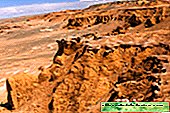
The mystery of the mass burial of a huge number of lizards in one place, scientists have been trying to solve for a long time. According to one popular hypothesis, dinosaurs suddenly (by historical standards) died as a result of a global catastrophe. The hypothesis is based on the fact that a huge amount of iridium was found in the remains, the content of which in space is thousands of times greater than in the earth's interior.

Layers of clay, very reminiscent of bones, came in huge numbers right under your feet. But still not bones.

Another version is not so epic and cinematic. Paleontologist Yuri Gubin believes:
“Imagine a plain on which a large number of different animals live: dinosaurs, turtles, crocodiles. After death, the remains of these animals fall into conditions in which they may turn out to be“ successfully preserved. ”For example, this option: the animal died on the riverbank, his the body was washed away with water, and it was immersed in sand or clay. The soft tissues gradually disappear, and the bones become denser over time, changing their chemical composition. So-called fossilization, or petrification, occurs. s s "

In Bayanzag, we stood for a day and managed to climb most of the gorges, red clay cliffs. It is hard to believe, but these are not rocks, but pure clay of various forms. Just Martian landscapes!

Since the first expedition from the US Museum of Natural History collected the first fossilized dinosaur eggs and bones, about 80 dinosaur skeletons of more than 60 species have been found in Mongolia, which makes up the fourth quarter of all recorded dinosaur finds in the world. In these places, unique finds were found, such as mating dinosaurs and their whole skeletons. UNESCO notes that these findings are of great value to science. In 1996, the organization recorded them as the "Natural Heritage of the Earth", including them in the category "Unique Values on Earth" (c).

In this and the previous photo, presumably dinosaur eggs. We didn’t pick or check, we didn’t do vandalism)

The local ranger, who arrived in Motsyk to our camp for a bribe - 5000 tugriks per tent (2.5 bucks approximately). In Russian, he knows only "good" and "hello."

Incredibly photogenic red cliffs of Bayanzag attract tourists. But all of them are brought closer to sunset from campsites, distant 5-7 kilometers. We stayed at night right at the foot, and we walked up and down as much as we could)

What else pleased us was the weather, especially after yesterday's rainstorm and storm that haunted us for half a day. True, along with this there were no clouds, and with them there were hopes for sunset. But there were chances for a starry night!

By sunset, the cliffs began to glow even more, the color was completely wild.

The area, to me personally, reminded the Arizona desert, although I have never been there. But there are obviously similarities in the photo.

The sun was setting, a cloudless sky, hard shadows. And still insanely beautiful.

The setting sun added even more red to this wild palette. You won’t believe how happy we were when we left the desert :)

At sunset, the light fell well on the edges of the canyon - the point, filigree work of a jeweler-sun)

In general, it is generally accepted that Bayanzag is a dawn place. So basically it happened, at dawn the light just miraculously fell on the rocks. Well, lucky with the clouds, but this is another time. At sunset, the sun continued to illuminate the red slopes.

The last rays of the setting sun on the slopes.

And the end of the day. But not shooting. At night, we perfectly shot the starry sky. How did I miss the incredible dome, dotted with billions of stars ...





